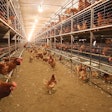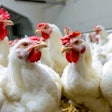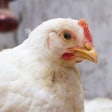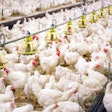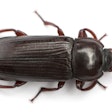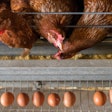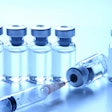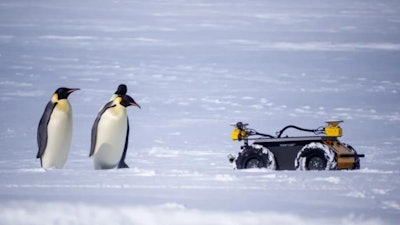
If a robot can monitor penguin behavior and welfare in Antarctica, there’s no reason why the poultry industry shouldn’t also be leveraging autonomous technologies.
Developed at the Woods Hole Oceanographic Institute (WHOI), ECHO is a fully autonomous rover and mobile laboratory that uses light detection and ranging (LiDAR) technology and a 360-degree camera to transmit information about Emperor penguin colonies to help scientists study the health of marine ecosystems.
An antenna on the top of the robot helps detect and identify RFID tags on individual birds.
“As a human, you cannot walk around and try to scan 15,000 or 24,000 penguins each year, it’s impossible,” the Marine Animal Remote Sensing Lab’s Daniel Zitterbart told Popular Science.
“The amount of data we can gather through ECHO is something we would never be able to achieve with any other method in this place.”
Researchers say the robot helps them collect data without affecting the penguin’s normal activities. The Emperor penguin is currently considered “near threatened” on the global species inventory.
“The really cool thing is if I as a human would try to get as close as ECHO, they would be running away,” Zietterbart explained. “We don’t want to scare the animals. Our general aim is to do more science with less impact. And humans have much bigger impact on the animals than the robot actually has.”
ECHO is designed to handle the harsh, unpredictable weather conditions that make the Southern Ocean challenging for human exploration and study.
Can the same technology help the poultry industry?
When I first learned about ECHO, I was struck by all the parallels between scientists studying penguins in Antarctica and the needs of the poultry industry.
Harsh environments? Check. A manual process that makes collecting relevant data difficult? Check. Concerns about disrupting natural behaviors? Check.
Robots in the poultry house can monitor bird welfare, health and environmental parameters in the house. This can free up human workers for other tasks, while converting the real-time data about a poultry flock into actionable insights for farmers.
In addition, there are intangible benefits to automation for poultry farmers.
When people enter a house to conduct welfare checks, it can cause stress reactions in the broilers. However, a robot is in the house constantly, allowing the birds to demonstrate more natural behaviors. A robot may more accurately, and quickly, detect changes in bird calls, activity and other behaviors.
Fewer people in the poultry house means better biosecurity, which becomes even more important during outbreaks of avian influenza.
What do you think?






